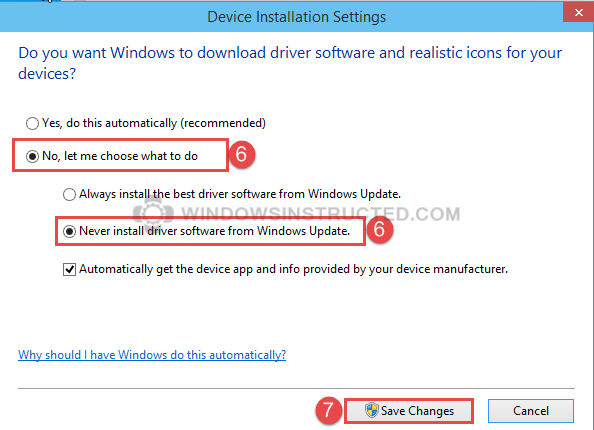- Popular Hardware drivers downloads. The Microsoft® Windows® Server 2003 Resource Kit Tools are a set of tools to help administrators.
- Nov 20, 2017 Driver updates for Windows 10 and many devices (such as network adapters, monitors, printers, and video cards) are automatically downloaded and installed through Windows Update.
The best place to download a driver is direct from the hardware manufacturer. Before you can update a driver, you'll need to find and download the latest version.

Drivers downloaded from the manufacturer will be the most tested and up to date available. The manufacturer is almost always the original source of any driver you find anywhere else, so why not download it from the source?


Windows Update usually automatically updates printer drivers. However, that won’t be the case if you’ve switched off Windows Update. If that’s so, then your Kyocera printer driver might need updating.
If downloading drivers direct from the manufacturer isn't possible there are several other driver download sources available. Free driver updater programs are another option, too, and are often quicker and easier to use than downloading drivers manually.
Follow the steps below to find and download drivers direct from hardware manufacturer websites:
How to Find and Download Drivers From Manufacturer Websites
Update Video Drivers Windows 10
Identify the make and model of the specific hardware you need drivers for. You'll need this information so you know what company to contact and then what specific drivers to download from their website.
A great way to do this, short of opening your computer, is to use a free system information tool. For example, We were able to use Speccy to find details on our video card, which turned out to be an NVIDIA GeForce GTX 745.
If you're trying to find drivers for a branded computer system (like a Dell desktop, a Toshiba laptop, etc.), all you need is the exact model number of your complete system. You shouldn't need to identify the specifics of any individual piece of hardware in your computer unless you've upgraded it yourself.
Find the hardware manufacturer's support website. Nearly every hardware manufacturer in the world has a website with detailed support information including driver downloads, manuals, troubleshooting information, etc.
To continue with the example from above, we were able to research that information online to lead ys to the NVIDIA GeForce Drivers page to download the driver we needed.
Locate the driver download area of the manufacturer's support site.
The driver download area could be called by any of several different names including Downloads, Software Downloads, Driver Downloads, Drivers, Drivers and Firmware, Drivers and Software, etc. If you visit a website's home page first, look for a Support area. Any driver download options will probably be located within that area of the website.
Using the website's navigation or search abilities, choose the specific hardware you need drivers for.
Every website is different, so it's hard to give precise instructions on how to navigate through a catalog of driver downloads, but most support sites that we've seen are fairly easy to use. If you have trouble finding your way around a specific website, your best bet is to contact the company directly.
Choose the drivers designed for your operating system. For example, if you're using Windows 10, choose the drivers designed for Windows 10.
Some websites can even auto-suggest these options for you by quickly scanning your computer for that information.
You must also choose between 32-bit and 64-bit drivers. If you're running a 32-bit version of Windows, you must install 32-bit drivers. If you're running a 64-bit version of Windows, you must install 64-bit drivers.
Not sure what type of Windows you have installed? See Am I Running a 32-bit or 64-bit Version of Windows? for instructions on finding out. Also, see What Version of Windows Do I Have? if you're not sure whether you're running Windows 10, Windows XP, Windows 7, etc.
Download the drivers to your computer. Save the downloaded file to your desktop or to another familiar location.
Many drivers available today are configured for automatic installation. This means that all you have to do is run the downloaded file and the drivers will be updated automatically. The instructions given on the manufacturer's website should tell you if the drivers you're downloading are configured this way. If so, there's no reason to continue with these steps.
Extract the downloaded drivers. Instructions provided on the driver download page on the hardware manufacturer's website should provide detailed instructions on extracting the drivers.
Usually, this involves decompressing the many driver files located in the compressed file you downloaded. There are free file extractor programs that will handle this job for you. Most compressed files have a file extension of ZIP or maybe RAR, but most of the programs in that list will handle either, like 7-Zip.
Sometimes the compressed files are in a self-extracting format with an EXE file extension, making the install process very easy.
The downloaded drivers for your hardware are now ready for updating in Device Manager.